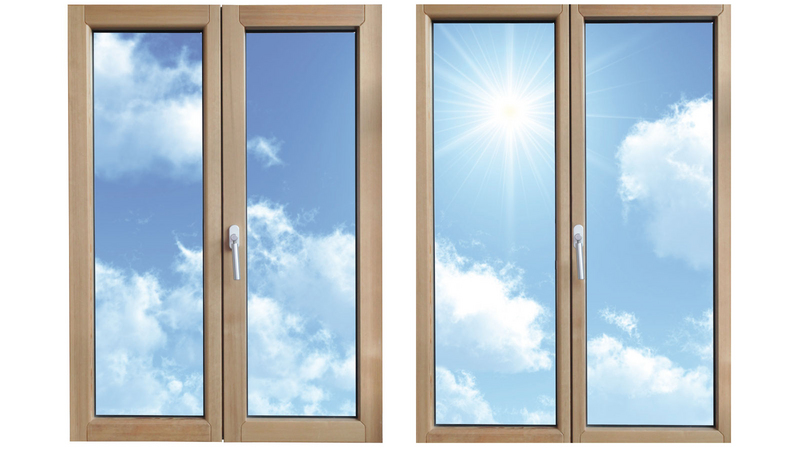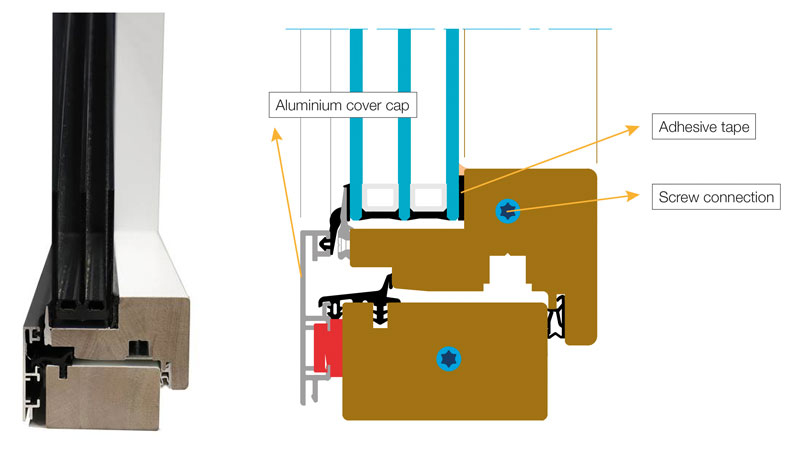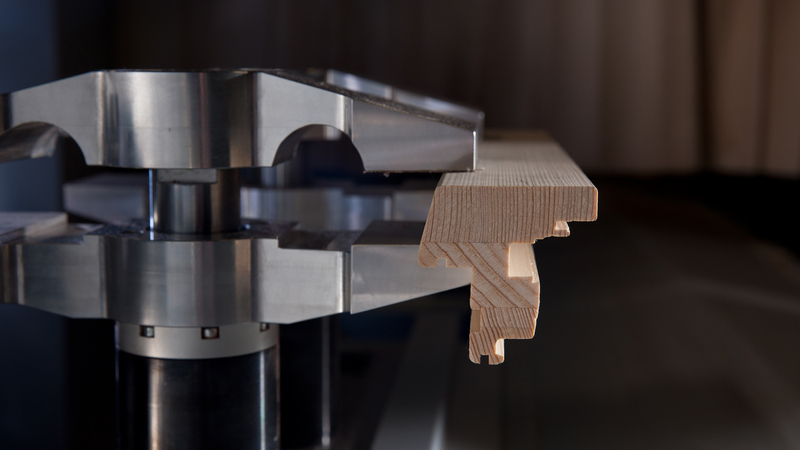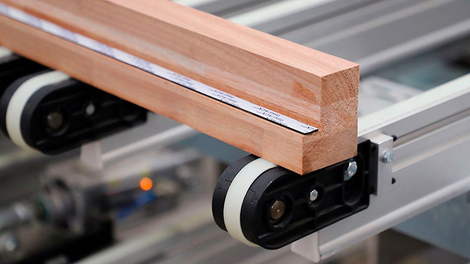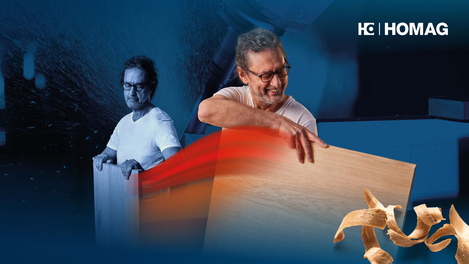Integrated windows Narrow profiles, more daylight
Producing narrow profiles to allow more daylight also presents machine manufacturers and suppliers with a few challenges.
Nowadays, more and more people are opting for windows with narrow view widths. These windows represent the latest design while allowing more daylight into rooms.
However, producing narrow profiles to allow more daylight also presents machine manufacturers and suppliers with a few challenges: How can the narrow profiles be clamped? How can high processing quality and precise connections be guaranteed? These are the questions that window construction companies are putting to machine manufacturers and suppliers in the industry today. And justifiably so, since this type of innovative window system can only be created if the manufacturers of machine technology and suppliers continue to work together closely.
20% more glass: integrated window systems
Integrated windows are an example of this type of collaboration between manufacturers and suppliers. Narrow profiles ensure maximum light with an elegantly narrow look. This is possible thanks to the adhesive technology, which ensures a secure bond between the pane and the frame. The windows' properties speak for themselves:
More light in the room:
Narrow wing profiles mean larger areas of glass. This results in an increase of up to 20% in terms of the proportion of glass and therefore more daylight compared to conventional systems.Modern design:
Flush to the outside when installed in the soffit, the frame is practically invisible, creating a modern, minimalist look.Low maintenance requirements:
The glass pane and the frame are fixed in place and securely connected to one another. The wing remains stable and the effort involved in subsequent readjustment is significantly reduced.Increased break-in protection:
The pane of glass cannot be separated from the wing frame. The pane reinforces the frame, making it more robust in the event of a break-in attempt.High thermal insulation:
The narrow frame enables the best U values for the windows.Simple production:
The profiling of the frame parts is easy and requires less machining and use of wood, thereby lowering tool costs. The gluing secures the statics of the wing, and the corner joint can be held in place easily. The screwed corner is the perfect complement: the single parts can be processed with a full surface finish, and the frame can be fitted without a press.
Synergies between machine manufacturers and partners produce plenty of new ideas for products.
The following companies were involved in the development of the integrated windows: tesa, Würth, Gutmann, and HOMAG.
Clamping technology: free clamping of various profiles
The gripping unit and clamping technology ensure maximum flexibility in processing. The components can be clamped freely in all directions, even when they are being reclamped — this means a free clamping depth and free clamp position, even in the rabbet.

